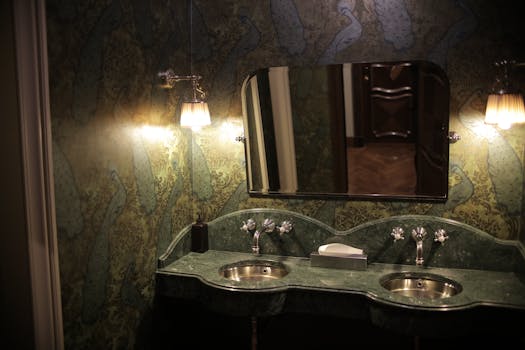Replacing Old Faucets with Modern Models for Water Saving
Water conservation has become a pressing issue in today’s world, where climate change and population growth are straining our natural resources. One of the simplest yet most effective ways to contribute to water saving is by replacing old faucets with modern, efficient models. This article explores the benefits of upgrading faucets, the technology behind modern fixtures, and practical steps for making the switch.
The Importance of Water Conservation
Water is a finite resource, and its scarcity is becoming increasingly evident. According to the United Nations, around 2 billion people live in countries experiencing high water stress. In the United States alone, the Environmental Protection Agency (EPA) estimates that the average household can save about 20% on their water bill by implementing water-efficient fixtures.
Why Upgrade to Modern Faucets?
Old faucets can be inefficient, wasting significant amounts of water. Here are some compelling reasons to consider upgrading:
- Water Efficiency: Modern faucets are designed to use less water without sacrificing performance. Many models are equipped with aerators that mix air with water, reducing flow rates while maintaining pressure.
- Cost Savings: By using less water, households can see a noticeable decrease in their water bills. The EPA estimates that replacing an old faucet with a WaterSense-labeled model can save homeowners about 700 gallons of water annually.
- Environmental Impact: Reducing water usage helps conserve energy and protect ecosystems. Less water consumption means less energy is required for water treatment and distribution.
- Improved Functionality: Modern faucets often come with features such as touchless operation, adjustable flow rates, and improved aesthetics, enhancing the overall user experience.
Understanding Modern Faucet Technology
Modern faucets incorporate advanced technology to maximize efficiency. Here are some key features to look for:
- Aerators: These devices reduce water flow while maintaining pressure, allowing for a satisfying user experience with less water.
- Flow Rate Regulation: Many new faucets are designed to limit flow rates to 1.5 gallons per minute (gpm) or less, compared to older models that may use 2.2 gpm or more.
- Smart Technology: Some faucets now feature smart sensors that automatically turn off the water when not in use, further reducing waste.
- Durability: Modern materials and designs often lead to longer-lasting products, reducing the need for frequent replacements.
Case Studies: Real-World Impact
Several municipalities and organizations have implemented programs to encourage the replacement of old faucets with modern models. For example:
- Los Angeles: The city launched a rebate program that incentivizes residents to replace old fixtures with WaterSense-labeled products. As a result, the program has saved over 1 billion gallons of water since its inception.
- New York City: The NYC Department of Environmental Protection reported that replacing old faucets in public restrooms with modern models saved approximately 300 million gallons of water annually.
Steps to Replace Your Old Faucet
Replacing an old faucet may seem daunting, but it can be a straightforward process. Here are the steps to follow:
- Choose the Right Faucet: Look for WaterSense-labeled models that meet your needs in terms of style and functionality.
- Gather Tools: You will typically need a basin wrench, adjustable wrench, plumber’s tape, and a bucket to catch any water.
- Turn Off the Water Supply: Before starting, ensure that the water supply to the faucet is turned off.
- Remove the Old Faucet: Disconnect the water supply lines and remove the mounting hardware to take out the old faucet.
- Install the New Faucet: Follow the manufacturer’s instructions to install the new faucet, ensuring all connections are secure.
- Test for Leaks: Once installed, turn the water supply back on and check for any leaks.
Conclusion
Replacing old faucets with modern, water-efficient models is a simple yet impactful way to contribute to water conservation efforts. With the potential for significant cost savings, improved functionality, and a positive environmental impact, upgrading your fixtures is a smart choice for any homeowner. By understanding the technology behind modern faucets and following practical steps for replacement, you can make a meaningful difference in your household’s water usage. Embrace the change and join the movement towards a more sustainable future.
